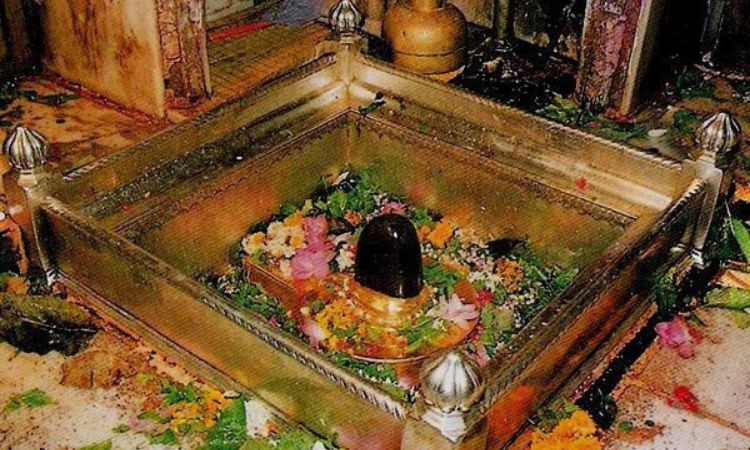
The question of whether the Shiva Lingam at the Somnath Temple is the original Lingam has been a topic of historical and religious debate. The Somnath Temple, located in the state of Gujarat, India, has a complex history of destruction and reconstruction, with multiple invasions over the centuries.
The original Somnath Temple, believed to have been built in ancient times, faced numerous attacks, including the famous one by Mahmud of Ghazni in 1025 CE. Mahmud’s invasion resulted in the destruction of the temple and the looting of its treasures, including the Shiva Lingam. Subsequent rulers, including the Chaulukya dynasty and later the Delhi Sultanate, contributed to the temple’s destruction and reconstruction.
The Shiva Lingam currently housed in the Somnath Temple is not claimed to be the original Lingam that existed before the invasions. Over the centuries, the Lingam has undergone multiple reconstructions and replacements due to the damages inflicted on the temple during various invasions.
The current temple, known as the Somnath Temple, is a modern structure built in the 20th century after India gained independence. The Lingam enshrined in the temple today is revered by devotees, but it is not presented as the original Lingam from ancient times. Instead, it symbolizes the continuity of devotion to Lord Shiva and the resilience of the Hindu faith, which has withstood the challenges posed by historical invasions.
In summary, while the Shiva Lingam at the Somnath Temple is venerated as a sacred symbol, it is not claimed to be the original Lingam that predates the invasions and destruction of the ancient temple. The current Lingam represents the spiritual and cultural heritage of the site, emphasizing the enduring nature of faith and the reconstruction of sacred spaces over time.


